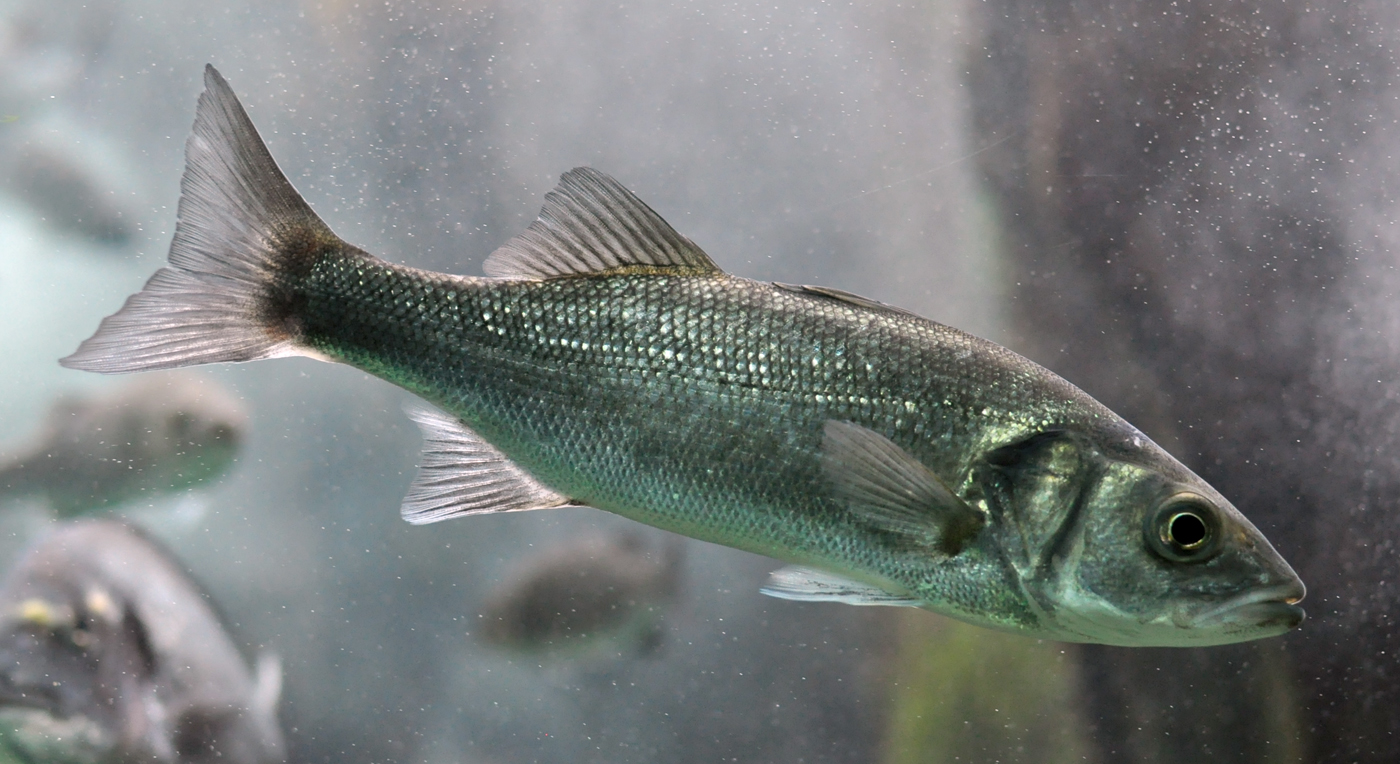Tight supply saves bass and bream from the worst effects of the pandemic

With the economic effects of the COVID-19 pandemic lingering throughout the summer tourist season, the Mediterranean bass and bream sector saw restaurant sales decline sharply in 2020. However, supply contraction after many years of growth actually pushed prices up.
Production
There was a significant divergence in production growth rates of farmed bass versus farmed bream in 2020. Total production of the latter species is expected to increase around 1.6 percent while bass harvests should fall by some 10 percent, for a total drop in production of both species of around 4.1 percent. This decline is partially a consequence of the heavy losses experienced by Spanish aquaculture producers due to storm Gloria earlier in 2020, but also reflects a sharp reduction in juvenile bass stocking in Greece and Turkey in 2019. Although output growth has mostly continued amongst secondary producers, particularly Croatia and Italy, it is still Greece and Turkey which represent the vast majority of total output. In these countries, low prices, worsening financial conditions and, in Greece’s case, difficulties competing with cheaper Turkish product all contributed to the planned slowdown in production growth in 2020, which stands in sharp contrast to the sector’s near decade-long period of 5-6 percent annual growth. The storm losses along with the logistical and market impact of the COVID-19 pandemic further contributed to the reduction in harvests.
Trade and markets
Amongst the array of restrictions imposed in an attempt to slow the spread of COVID-19, some of the most economically damaging from the perspective of the food industry are those that prohibit or limit dining outside the home. For the bass and bream industry, foodservice i typically accounts for 30-35 percent of all sales and the varying states of lockdown imposed in European markets over the course of 2020 have heavily affected this segment. However, a boost to sales at retail due to the significantly increased proportion of seafood consumption taking place at home eased the pressure, aided by the progress the industry has already made in developing value-added products for retail.
At the same time, the gap in supply in Spain and Portugal left by the mass escapes during Storm Gloria provided a much needed outlet for excess production from Greece and Turkey as buying activity slowed elsewhere.
Consumption of bass and bream fell around 3 percent in the first nine months of 2020, compared with the same period in 2019, with bass consumption dropping 10 percent while bream consumption increased 3 percent. As freight costs spiked, volumes usually destined for more distant markets, such as the United States of America, were instead directed to the European Union, resulting in a 6 percent drop in combined bass and bream consumption in non-EU countries. With Spain and Portugal increasing imports to make up for a shortfall in domestic production, total trade was approximately flat year-on-year over the same period, with 211 000 tonnes exported worth EUR 990 million (+5 percent). For bream, Greece and Turkey saw total value increase 16 and 3 percent respectively, while the equivalent figures for bass were 3 percent and 5 percent.
Prices
With multiple factors contributing to supply contraction, seabass prices rose well above 2019 levels in 2020, peaking at EUR 4.69 per kg for Greek 300-450g fish (CIF, Italy) in August. Similar levels were observed for product from other origins. Meanwhile, Greek 300-450g seabream prices peaked at EUR 4.80 per kg in the same month.
Outlook
With prices still in their seasonal lull at the beginning of the new year, the industry is now preparing for the annual mid-year demand spike that coincides with an increase in restaurant dining around the Mediterranean. However, COVID-19 has accelerated the move to retail sales and value-added products and this, together with the slowdown in output growth, is an important shift in the fundamental dynamics of the market. Forecasts suggest that production in 2021 will be only marginally above last year and still well below 2019, which should translate into solidly profitable price levels if the COVID-19 vaccine rollout revitalizes foodservice demand as expected.

